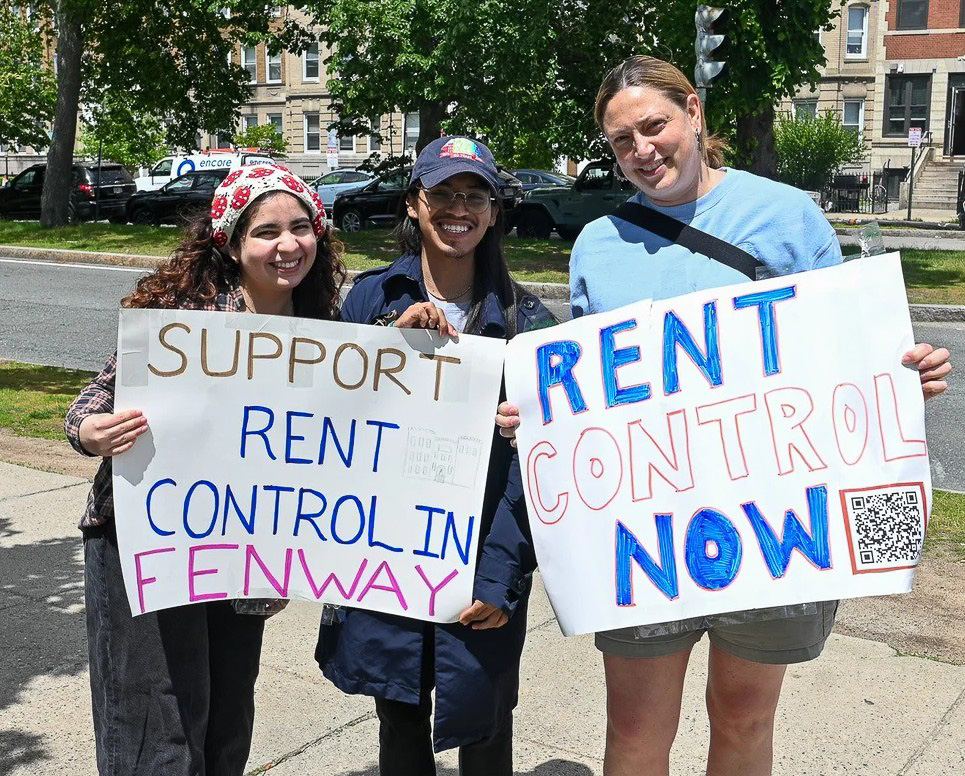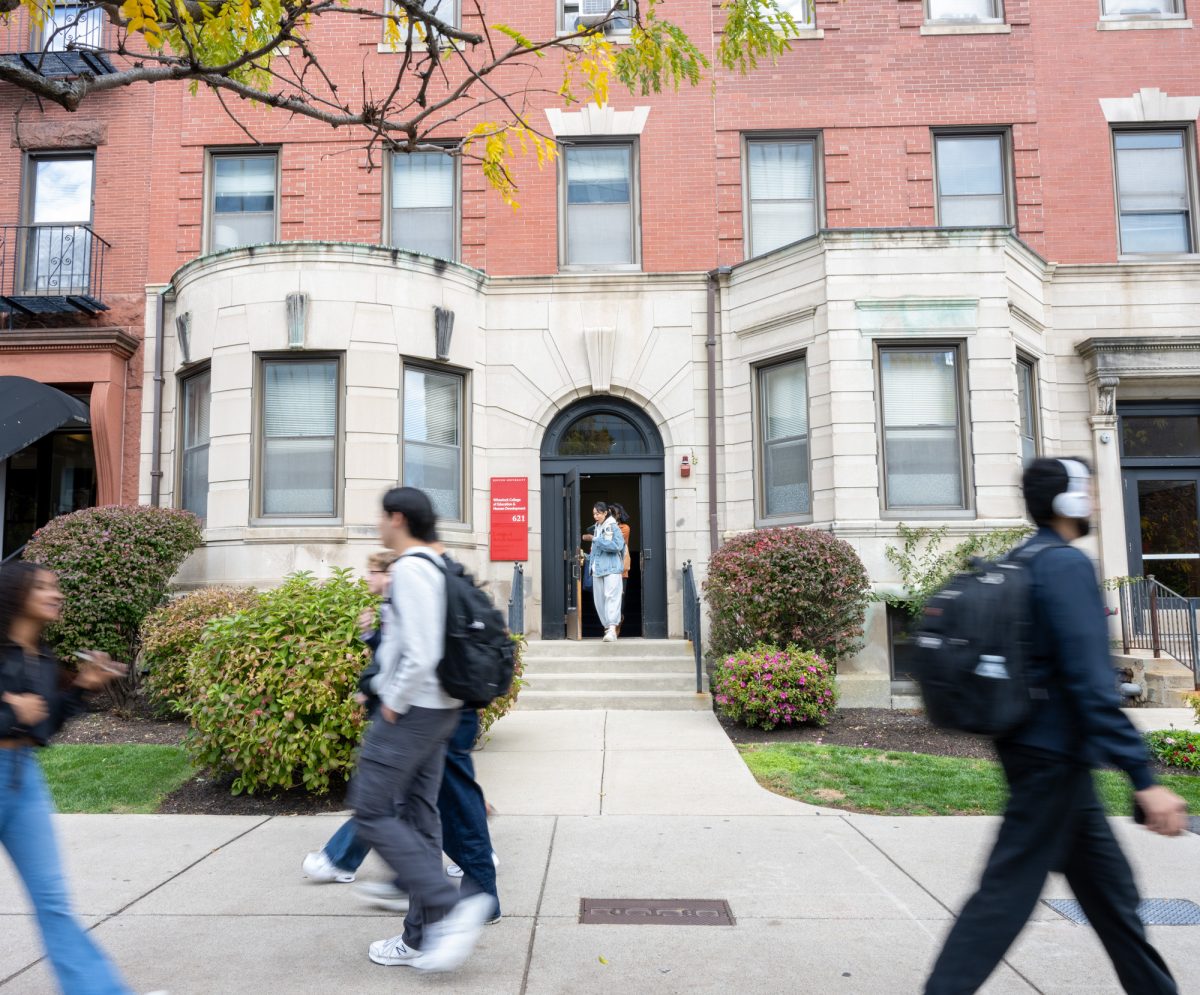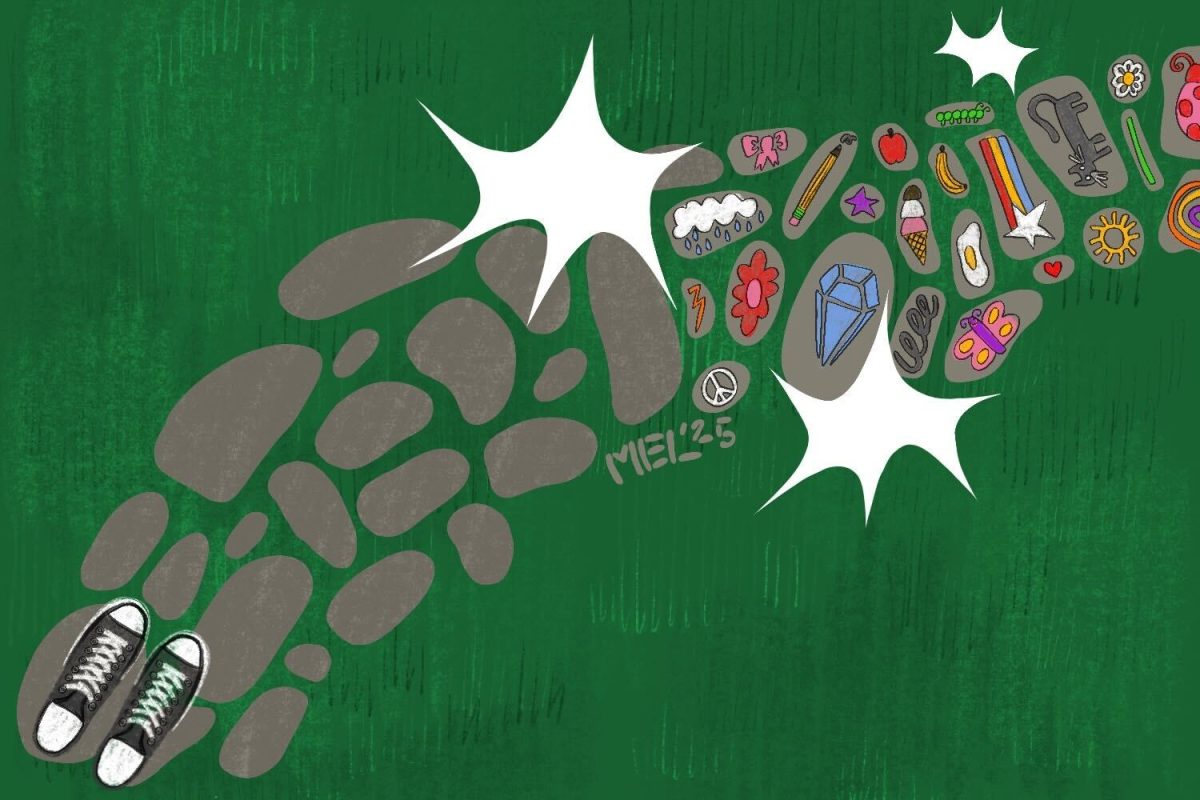Eating disorders are increasing among both male and female teenagers in the United States, according to a study published in early March in the Archives of General Psychiatry.
The study, “Prevalence and Correlates of Eating Disorders in Adolescents,” examined the increasing prevalence of eating disorders by interviewing 10,000 teens nationwide from the ages of 13 to 18.
While more than half a million teens in the United States have had an eating disorder, according to the study, only a small number of people with such disorders were treated for their eating or weight problem.
Binge eating was the most common disorder, affecting about 1.6 percent of the teenagers studied, according to the study. Less than 1 percent experienced bulimia and 0.3 percent had anorexia.
“I think the survey raises interesting questions, for instance what might be causing more men to suffer from eating disorders in greater numbers now than previously estimated?” said Sarah Butler, a nutritionist at the
Sargent College of Health and Rehabilitation Sciences Nutrition & Fitness Center.
“I have certainly worked with many young men struggling with eating disorders here at BU,” Butler said.
“So BU men, if you’re struggling, you aren’t alone. I get the impression that men can at times view seeing a professional for help as a sign of weakness; I see it as a sign of strength. It truly takes strength to acknowledge that you need help and an immense amount of strength and effort to overcome an eating disorder.”
Many BU students said they were surprised by the prevalence of men with eating disorders.
“I’m actually pretty surprised to hear that because I always thought women had a much higher chance of having eating disorders, compared to men,” said Hyun Chang a College of Arts and Sciences sophomore.
Some students also said that obesity as an effect of eating disorders seemed to be more prevalent in men, while women are more concerned about what they eat.
“I normally see men with eating disorders, if I’m talking about obesity,” said CAS sophomore Roey Barkan.
“More cases about women being concerned about their weight, and it’s something you see and are aware of, as a concern for most girls, especially in the college environment. So you hear more about that more than you hear about obesity.”
The study also suggested differences in eating disorders among various ethnicities, with minorities reporting a greater risk of binge eating disorder, while more white teenagers reported having anorexia, according to the study.
“Why might Hispanic male adolescents suffer more so from bulimia than other forms of eating disorders?” Butler said. “I’m curious if there are differences in eating disorder rates among athletes versus non-athletes as well as if eating disorder prevalence is influenced at all by a man’s sexuality.”
Some students said they weren’t surprised by the survey, however, saying that while boys may not want to discuss their dietary concerns, they are affected.
“I think that girls are more prone to eating disorders because they’re generally more concerned with how they look. But boys may not want to talk about it [eating disorders], so it’s hard to tell if they have a problem,” said College of Communication freshman Xuan Zhao.
“Eating disorders are serious illnesses, not lifestyle choices, and affect men and women across all racial, economic, and educational boundaries,” said Elizabeth Jarrard, a dietetics graduate student . “Because we live in a culture that emphasizes an unrealistic ideal for most people, many try to fight our natural size and shape determined by genetics, through unhealthy dieting practices, poor body image and decreased self-esteem, which fosters the beginning of disordered eating.”



















































































































